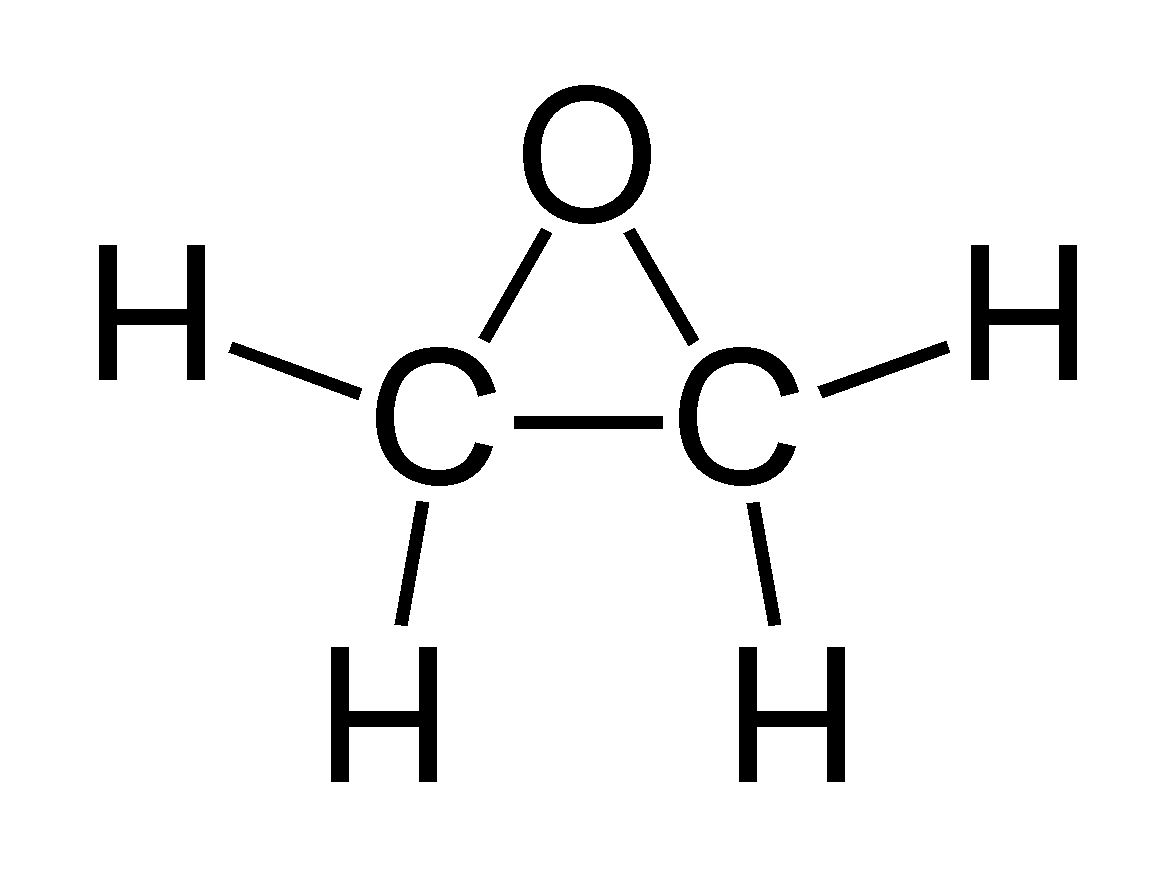
A medical sterilization facility in Georgia.
New EPA rules require stricter controls and manufacturers and users of ethylene oxide widely used to disinfect medical instruments and equipment. The rules respond to recent research indicating that the compound is even more carcinogenic in humans that previously thought.
The New York Times reports that the new rules require sterilizing plants and any other facilities that use the gaseous compound to reduce emissions by 90%. The gas is used to disinfect about half the medical equipment made in the United States.
The NYT also reports that the gas is an irritant to eyes, nose, throat and lungs when inhaled. It can cause damage to the nervous and reproductive systems. It is linked to cancers of the breast and lymphoid systems. Analysis indicates that some 13 million people in the neighborhood of the 90 facilities using the gas would benefit from the reduced risk of cancer resulting from the new rules.
There has long been controversy about the dangers of the compound resulting in lawsuits and studies according to the NYT article. The rules will be phased in over a period of time to assure a steady supply of sterilized medical equipment.
The EPA notes on its website that "As of now, EtO is the only method available to sterilize some medical devices that cannot be sterilized using heat or radiation". The new rules have been reported in a number of sources(E&E News-Politico, CNN, CBS, and others) but the unique properties of EtO and the difficulties of finding a replacement have not been much discussed.

The structure of ethylene oxide is depicted above. It's chemical reactivity is characterizeed by the ease with which the bonds in the three-membered ring can be broken. It tends to donate an oxygen atom or sometimes a methylene (CH2). This chemistry is the key to its activity as both a disinfectant and a carcinogen. It is also important that it is a gas at room temperature and penetrates textile and plastic devices effectively.
No comments:
Post a Comment